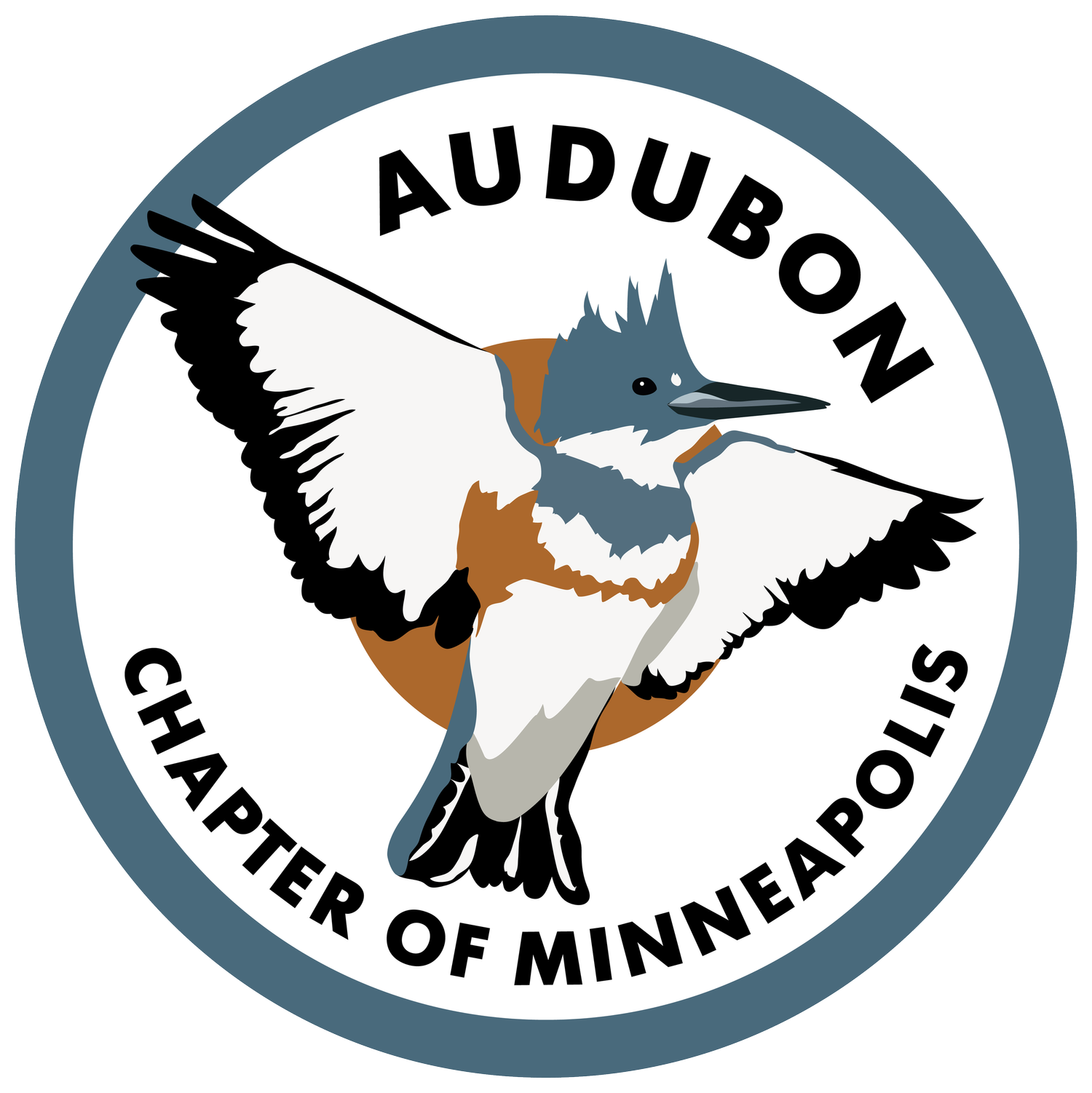Spring migration during a bird epidemic: excitement and challenges
Broad-winged hawk Photo: Keith Olstad
Spring is one of the greatest times of the year for birders, especially for those in Minnesota, who anxiously await the end of a long, cold winter to get outside and experience the joy of migratory birds once again. This year, spring migration brings not only the bird species we all missed during winter, but also a frightening virus, avian influenza (commonly called bird flu).
After more than 2 years dealing with the SARS-CoV-2 virus pandemic, we have all become more knowledgeable about what viruses are, how they transmit, how infectious they may be, etc. While SARS-CoV-2 seems to affect many different mammalian species (including humans) and the risk to avian species seems to be low, avian influenza virus (AIV) is a very different story for our feathered friends.
There are many AIV strains, and they can be broadly classified into two categories: low pathogenic strains (LPAI), and highly pathogenic strains (HPAI). Broadly speaking, this designation is based on the potential of these viruses to kill poultry. In general, low pathogenic involves few clinical signs and low mortality, while highly pathogenic usually means severe illness and high risk of death, especially among poultry species (USGS, ECDC). Within the highly pathogenic strains, H5N1 is the particular subtype currently circulating in North America. The name, H5N1, refers to specific surface antigens present on the virus (hemagglutinin type 5 and neuraminidase type 1) CDC.
Wood Ducks. Photo: Keith Olstad
This specific subtype is highly contagious and easily transmissible among avian species. It is associated with high mortality (up to 100%) in poultry species and can also lead to death in wild and pet birds, especially in some waterfowl species and raptors that prey on infected waterfowl. Even though H5N1 is mainly associated with aquatic birds and raptors, a wide variety of wild bird species may be susceptible to infection ( H5N1 in wild birds ).
Wild birds, especially Anseriformes, are natural hosts and reservoirs of AIV including HPAI and may not show any clinical signs of the disease. They can carry the virus during migration and shed it through feces, potentially exposing domestic and wild bird populations either through direct contact or indirectly through contaminated feed, water, equipment, or clothing. When a poultry bird becomes infected (either showing clinical signs or having contact with infected birds), the entire flock is culled. The carcasses must be properly disposed of, and thus can no longer go to market for meat or egg products. The goal of these actions is to eradicate the virus from the affected farms to prevent further virus spread and associated environmental contamination, as well as to prevent the virus becoming endemic. Therefore, the consequences of this virus for the poultry industry are economically devastating to producers.
Wild birds who survive the infection may suffer from a range of long-term symptoms, including torticollis or ‘twisted neck’, loss of coordination, paralysis, dropped wings, and difficulty breathing.
The current H5N1 strain was detected in Asia and Europe in 2021, and has subsequently spread to Canada and the United States. To date, (April 2nd), wild birds, commercial and backyard flocks infected with H5N1 have been diagnosed in 33 U.S. states (USGS map). In Minnesota, seven flocks, including commercial turkeys and backyard poultry flocks have tested positive for the virus (USGS MN).
Hooded merganser Photo: Keith Olstad
Uninfected wild birds in need of veterinary & rehabilitation care are also suffering the effects of this outbreak. Following the lead of other wildlife rehabilitators and zoos across North America, the Wildlife Rehabilitation Center of Minnesota ( WRCMN ) recently announced they will not admit species vulnerable to H5N1 until mid-June at the earliest. Raptors, gulls, waterfowl, and great blue herons HPAI WRCMN will all be turned away due to biosecurity measures. The Raptor Center has also temporarily suspended public tours and is monitoring admitted raptors for avian influenza ( TRC ).
As we gear up to enjoy this exciting time of the year and welcome migratory birds to Minnesota, let's be vigilant of the current avian flu outbreak. Avian flu is a reminder of all the threats birds face not only along their long migratory routes, but also at their destinations.
What you can do:
1) Bird feeders
If you have bird feeders, given the serious current situation for many bird species, it would be best to take them down temporarily to avoid birds clustering together, which can increase the spread of the virus.
2) Stay informed: educate yourself and others
Here are some additional resources to get more information about avian influenza, and about the current dynamic outbreak:
http://umash.umn.edu/
https://www.bah.state.mn.us/avian-influenza/
https://raptor.umn.edu/about-us/our-research/HPAI
https://www.cidrap.umn.edu/news-perspective/2022/04/flu-scan-apr-01-2022
https://www.aphis.usda.gov/aphis/ourfocus/animalhealth/animal-disease-information/avian/avian-influenza/hpai-2022/2022-hpai-wild-birds
https://www.cdc.gov/flu/avianflu/influenza-a-virus-subtypes.htm
https://www.fao.org/avianflu/en/qanda.html#1
https://www.oie.int/en/disease/avian-influenza/#ui-id-2
3) If you volunteer and/or work with wild birds
If you have pet birds, conduct research with birds, and/or work or volunteer closely with birds, it may be necessary to avoid areas where waterfowl are present, and to increase the biosecurity measures. Check with your organization for updated guidelines and further steps.
4) If you find a sick and/or dead bird
Do not touch it. Call the Wildlife Rehabilitation Center (651-486-9453), if it is a raptor, call The Raptor Center helpline at 612-624-4745, or call the Board of Animal Health Avian Influenza hotline (1-833-454-0156) .



